The Hankyoreh (South Korea) newspaper published an analysis on July 16 stating that Israel has not been able to defeat the Hamas movement and that its tactics seem to be empowering this Palestinian force.
 |
| Palestinians evacuate from the site of an Israeli airstrike at the Sousi Mosque in Gaza City on October 9, 2023. (Source: AFP) |
The Israeli-Hamas conflict in Gaza (occupied Palestinian territory) that broke out on October 7, 2023, is plunging the world into further chaos and dividing the international community into the largest “ideological battlefield” since the Cold War. Israel has “flattened” Gaza but is being dragged into a quagmire after failing to end the fighting there.
Adverse effects
More than nine months into the conflict, Israel is still far from achieving its goal of wiping out Hamas. Meanwhile, the destruction has only increased Palestinian support for Hamas.
On July 10, the Israel Defense Forces (IDF) ordered residents of Gaza (the region's largest city) to evacuate southward in preparation for an "anti-terrorist operation" targeting Hamas and the Palestinian Islamic Jihad (another Palestinian militant group) in Gaza.
At the start of the conflict, Israeli forces launched a large-scale attack on the city in the northern Gaza Strip to evacuate most of the residents to the south and conduct a sweeping operation against the Hamas group.
Given the devastation at the time, Israel concluded that it had driven Hamas out of the area. However, Hamas has returned and Israel is now once again expelling returning residents.
On June 24, Israeli Prime Minister Benjamin Netanyahu said the current tense phase of Israel’s war with Hamas in Gaza was “coming to an end,” and mentioned the possibility of moving troops to the northern part of the region (bordering Lebanon) to fight Hezbollah. These statements cast a shadow over the announcement of an end to large-scale fighting in the Gaza Strip.
To date, Israel has sent in some 40,000 troops; some 80% of the Gaza Strip’s 2.3 million inhabitants have become refugees; at least 38,000 people (70% of them civilians) have been killed and at least 70,000 tons of explosives have been dropped, more than the bombs dropped on London, Dresden and Hamburg during World War II. More than half of the buildings in the area have been destroyed, and water, electricity and fuel supplies have been cut off in the campaign, leaving people starving.
Israel's stalemate
The military conflict in Gaza has been at a stalemate since April 2024. In the initial phase, Israel launched a sweep from north to south, in preparation for a full-scale assault, forcing 1.2 million Gaza residents to flee to the city of Rafah at the southern end of the strip.
However, Tel Aviv eventually changed its stance amid warnings and protests from the United States and other members of the international community due to concerns about civilian casualties. At this time, the Western media also began to suggest that although Israel may have won, it was actually losing.
The New York Times concluded in April that Israel had “failed to achieve its main goals: freeing the hostages and destroying Hamas.” The paper also noted that “Palestinian suffering has eroded support for Israel even among its allies.”
Of the 253 hostages initially taken, 109 were released in exchange for Palestinian prisoners during a week-long ceasefire in November 2023. Since then, only three more have been released through military operations, while 12 others have died. Of those deaths, three were killed in operations by Israeli forces. That means a total of 129 hostages remain, although Israel estimates that at least 34 of them have also died.
Nevertheless, appearing before the Knesset (Israeli parliament) on July 17, Israeli Defense Minister Yoav Gallant claimed that 60% of Hamas fighters had been killed or wounded. The Israeli military estimates that a total of 14,000 Hamas members have been killed so far (including 13,000 by April 2024).
 |
| Gaza City during an airstrike, October 9. (Source: AFP) |
Hamas is increasingly "prolific"?
In an article titled “Hamas is Winning,” Professor Robert Pape of the University of Chicago emphasized that Hamas is in a state of vitality and is increasingly receiving popular support.
Hamas estimates its death toll at between 6,000 and 8,000, while US intelligence agencies estimate it at around 10,000. Hamas still has the ability to mobilize around 15,000 members in the Gaza Strip, while 80% of its tunnels in the area are still active.
Among the reasons for declaring Hamas victorious, Professor Pape cites the arguments that despite having lost many members so far, Hamas has been able to replenish its forces (an ability built on growing popular support).
According to a survey by the Palestinian Center for Policy Research and Polling, support for Hamas has doubled since Israel's surprise attack on October 7, 2023.
A survey conducted in March 2024 found that 73% of Palestinians agreed that Hamas’s October 2023 retaliatory attack was justified; 53% even said they supported attacks on Israeli civilians. This may be due to the suffering and tragedy that the Strip’s residents have experienced since the war in Gaza began, with 60% of Gazans having lost at least one family member and 75% having had a family member injured or killed.
The "traps" are hard to avoid
One catch for Israel in the Gaza conflict is that Tel Aviv has no exit plan or strategy. In late May, Israeli National Security Adviser Tzachi Hanegbi predicted that the Gaza conflict would continue through 2024 and last “at least another seven months.”
Not only did Israel fail to achieve its goals, Netanyahu himself had to resign after the conflict ended, and Israel had no plan or reason to end the fighting. In fact, Tel Aviv's plan was to wait for the results of the upcoming US presidential election.
The administration of incumbent President Joe Biden wants to hand over control of Gaza to the Palestinian Authority, which controls the West Bank, but Netanyahu and his far-right cabinet are fiercely opposed. Far-right figures such as National Security Minister Itamar Ben-Gvir have called for the complete occupation of the Gaza Strip and its incorporation into Israeli territory.
Since late 2023, Israel has been building a 1-kilometer-wide buffer zone in a corridor that passes through the suburbs and center of Gaza. For Gazans, creating this buffer zone in and around an area only about 40 kilometers long and 5 to 12 kilometers wide means a significant reduction of their territory and, in effect, isolation and disconnection.
Israeli news outlets are reporting that Tel Aviv is now withdrawing troops from Gaza and deploying to the northern border with Lebanon in preparation for a full-scale clash with Hezbollah. At the beginning of the Gaza conflict, Israel clashed with Hezbollah to avoid international condemnation, but as a result, 100,000 of its citizens in the north became refugees. Now, a full-scale conflict with Hezbollah is becoming another trap that Israel cannot easily avoid.
Source: https://baoquocte.vn/xung-dot-israel-hamas-noi-dau-nhan-dao-xoi-mon-long-tin-279495.html


![[Photo] Phuc Tho mulberry season – Sweet fruit from green agriculture](https://vstatic.vietnam.vn/vietnam/resource/IMAGE/2025/4/10/1710a51d63c84a5a92de1b9b4caaf3e5)



![[Photo] Prime Minister Pham Minh Chinh chairs meeting to discuss tax solutions for Vietnam's import and export goods](https://vstatic.vietnam.vn/vietnam/resource/IMAGE/2025/4/10/19b9ed81ca2940b79fb8a0b9ccef539a)
![[Photo] Unique folk games at Chuong Village Festival](https://vstatic.vietnam.vn/vietnam/resource/IMAGE/2025/4/10/cff805a06fdd443b9474c017f98075a4)
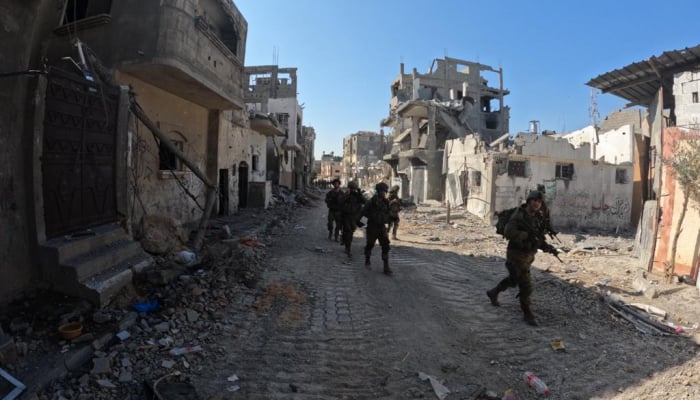

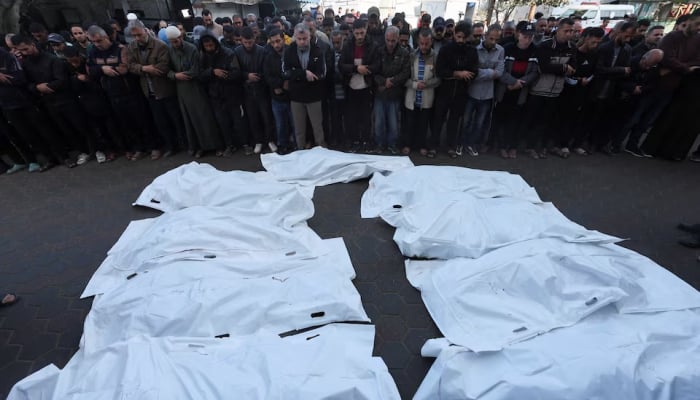
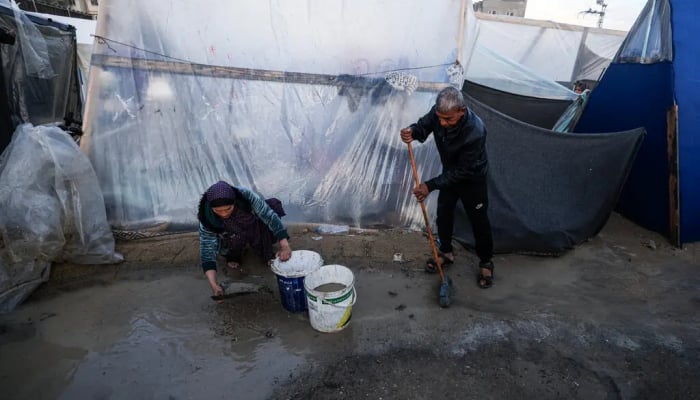
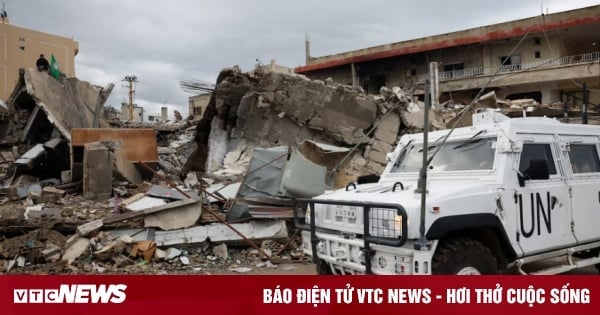

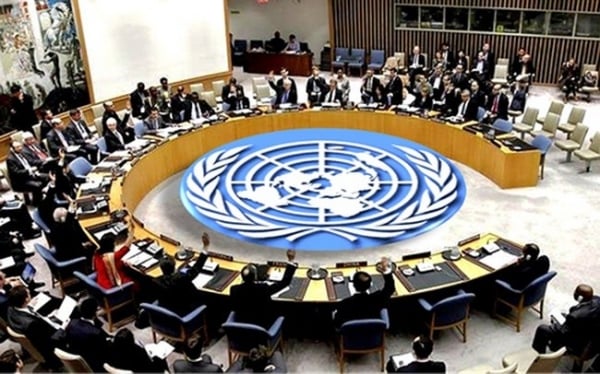
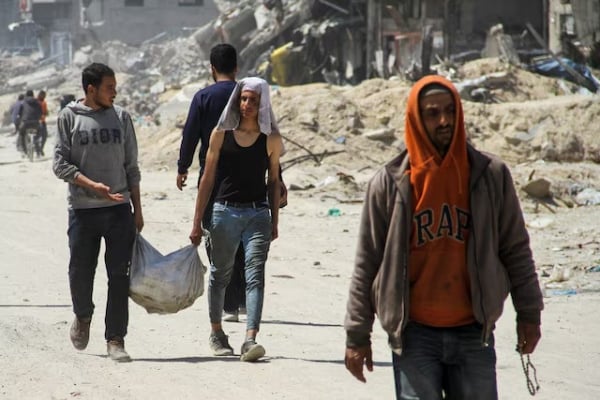













































































Comment (0)